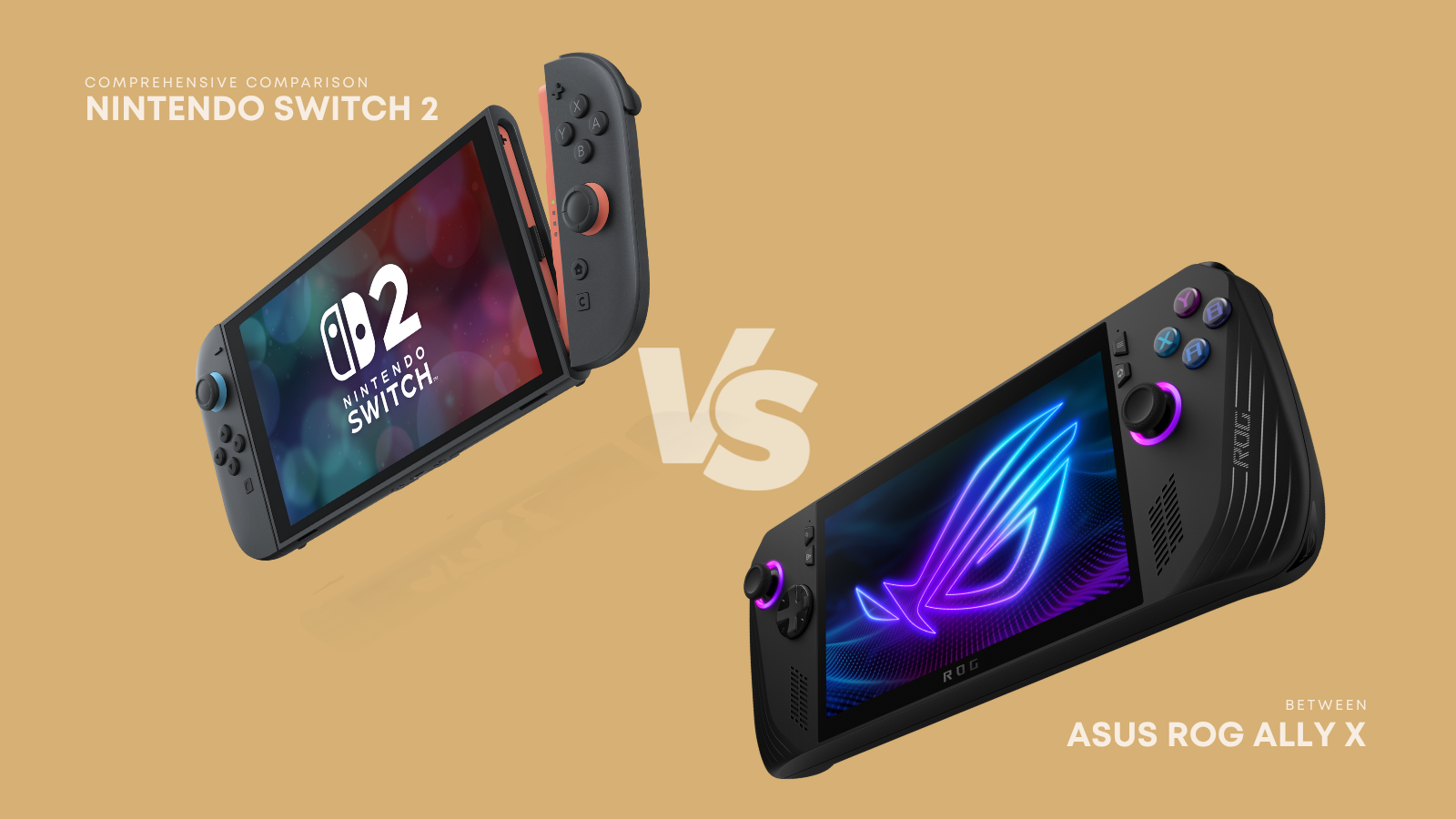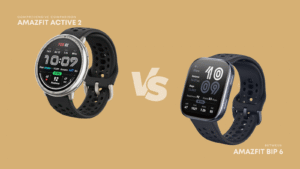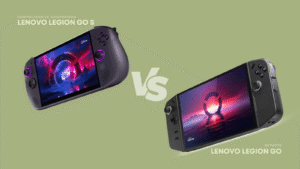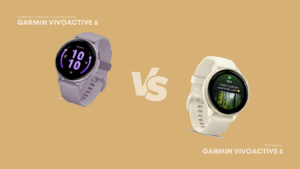Nintendo Switch 2 vs ROG Ally X— which handheld powerhouse deserves your money in 2025?
In this Nintendo Switch 2 vs ROG Ally X comparison, I’ll walk you through everything from ergonomics to raw performance, battery life to value, so you can make the smartest pick for your gaming adventures.
Related: Best Gaming Consoles 2025
Design & Build Quality
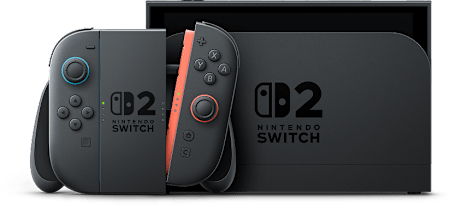
When I first unboxed both devices, I was struck by how differently Nintendo and Asus approached handheld design. The Nintendo Switch 2 feels like the natural evolution of its predecessor: the matte-white chassis sports a 7.9-inch convertible form factor, detachable Joy-Con controllers with Hall-effect analog triggers, and refined rails that snap Joy-Cons in place without any wiggle.
It weighs 415 g in handheld mode, striking a sweet spot between lightweight comfort and perceived sturdiness. In contrast, the ROG Ally X opts for a more industrial look: its gun-metal gray body houses a beefy 80 Wh battery, reinforced grips along the edges, and integrated programmable RGB lighting behind each button.
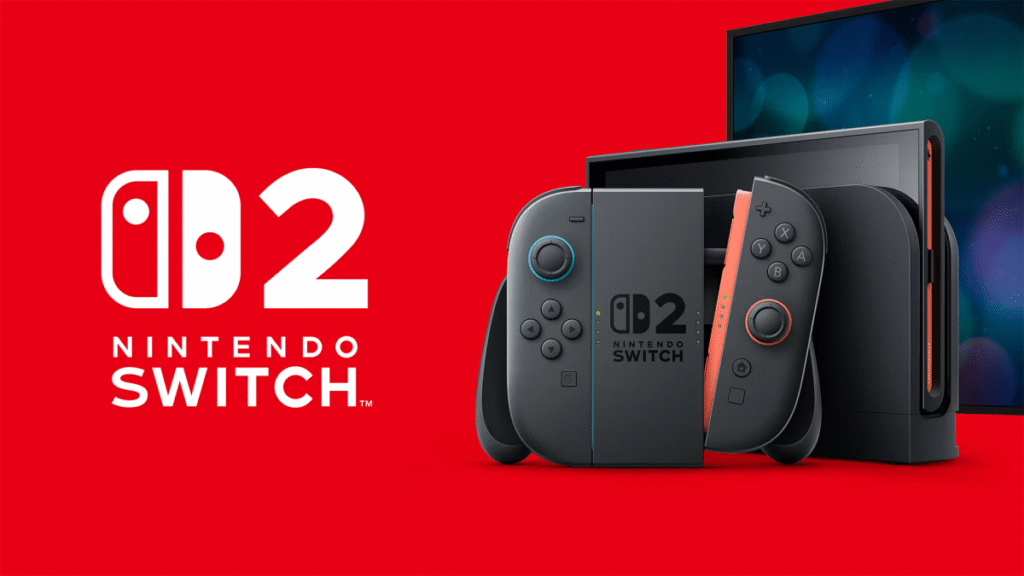
At 620 g, you feel the extra heft the moment you pick it up—yet that weight translates into a more robust, confident in-hand grip, and you know there’s serious cooling hardware inside.
In daily use, the Switch 2’s low weight and rounded edges make marathon sessions feel effortless. I’m talking long Zelda quests or Mario Kart battles without wrist fatigue. The detachable Joy-Cons click in and out smoothly, making docked play and local multiplayer a breeze.
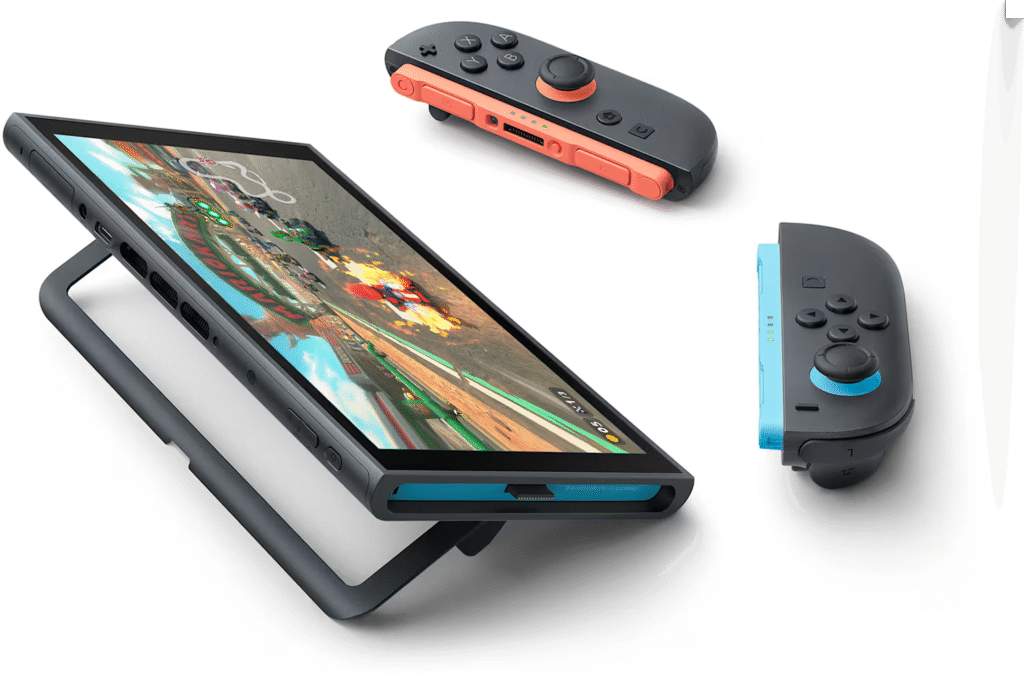
However, the plastic shell can flex slightly under pressure—nothing alarming, but a reminder this is still a hybrid console at heart. Conversely, the Ally X’s shell is mostly metal, and the solid-state controls feel bullet-proof.
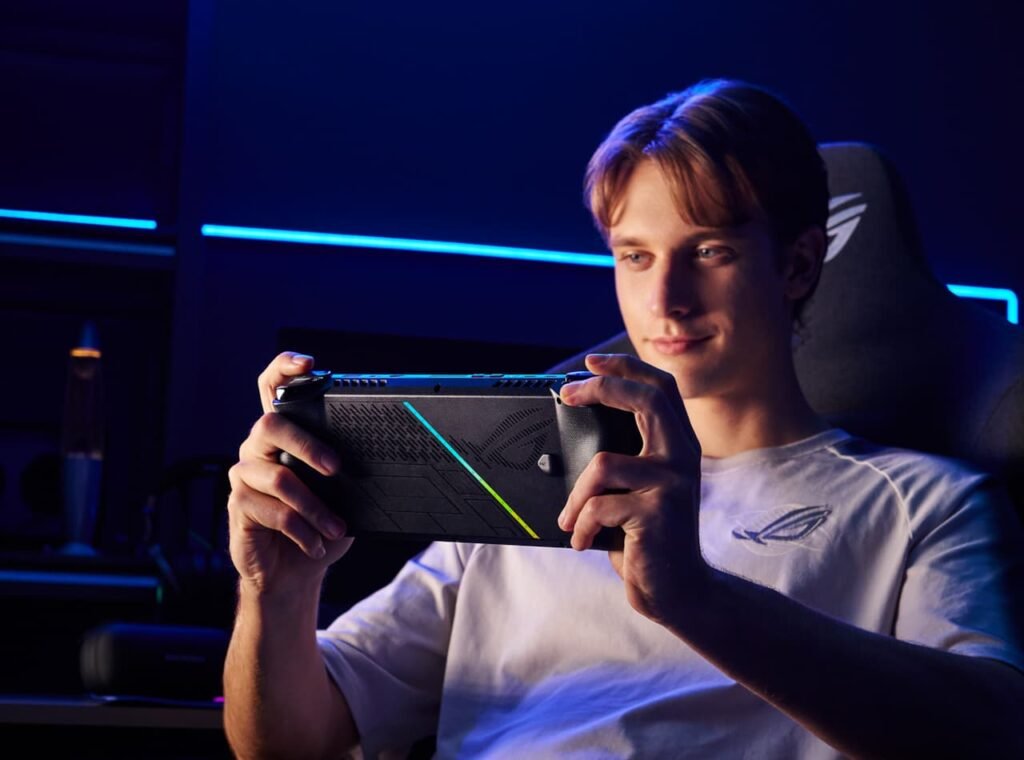
There’s zero play in the thumbsticks or buttons, and the reinforced triggers deliver a satisfying snap every time. On the downside, the heavier build can tire you out faster in handheld-only scenarios, especially during longer sessions.
Ultimately, it comes down to personal preference: if you prize portability and friendly ergonomics, the Switch 2’s 415 g frame and detachable controllers will delight you.
If you demand a tank-like build that can take knocks and your focus is raw performance, the ROG Ally X’s metal chassis and reinforced controls will have you covered. Both feel premium—but each suits a distinct style of gaming life.
Display & Screen Quality
In terms of visuals, both handhelds boast a 1080p LCD touchscreen with 120 Hz variable refresh rate, but the execution diverges in subtle ways. The Nintendo Switch 2 achieves a vibrant look thanks to its 120 Hz G-Sync HDR panel, delivering punchy colors and deep blacks for Nintendo’s iconic art styles.
Its 7.9-inch screen leans slightly warm, making cartoon textures pop and giving game worlds a cozy, inviting glow. Peak brightness hovers around 450 nits, which handles indoor play superbly and even tolerates shaded outdoor sessions with moderate success.
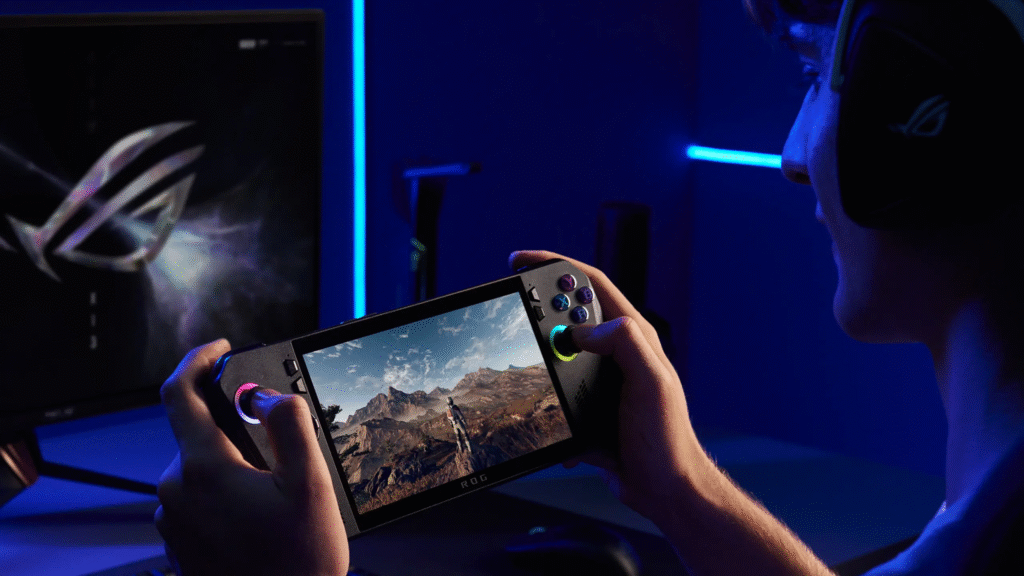
On the flip side, the ROG Ally X’s 7-inch FreeSync Premium HDR display hits 500 nits peak brightness, making it more legible under direct sunlight or brightly lit rooms. The panel trends cooler, which benefits realistic PC titles with muted palettes—Forza Horizon’s scenery looks downright cinematic.
Applying FreeSync Premium virtually eliminates tearing, and you can dial down to 60 Hz when conserving battery, or crank up to 120 Hz for silky-smooth motion at the expense of runtime.
Touch responsiveness is stellar on both: swipes and taps register instantly without lag. Eyestrain over long sessions is minimal; Nintendo’s slight warmth seems easier on me, whereas the Ally X’s cooler tones can feel crisp but colder after extended play.

If you’re a color purist chasing HDR fidelity, the Ally X edges ahead with its brighter panel. But for a playful, warm aesthetic—perfect for Mario, Pokémon, and indie gems—the Switch 2 nails it. Whichever you choose, you get 1080p at 120 Hz, HDR support, and VRR, marking both as leaps beyond last-gen handhelds.
Performance & Software Experience
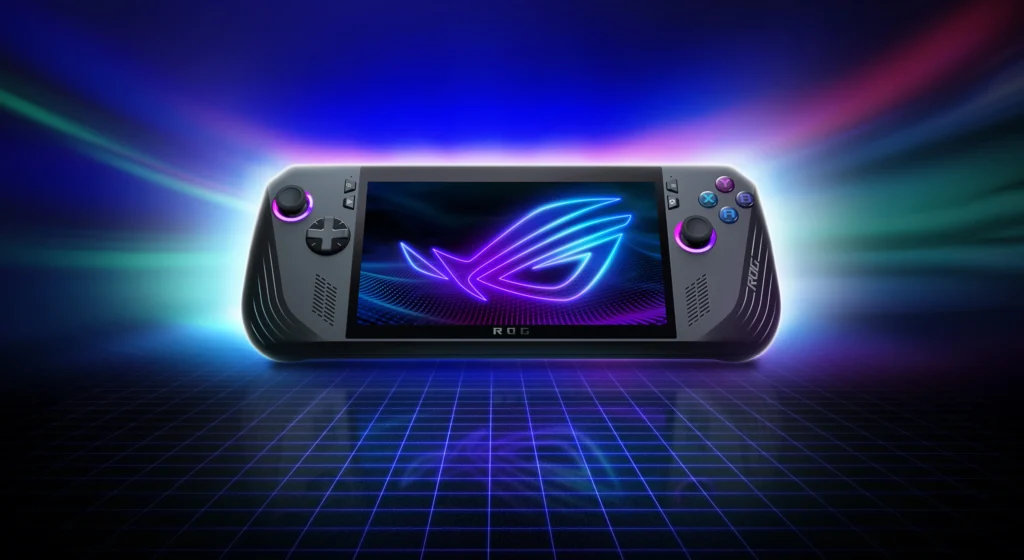
Under the hood, the Switch 2 relies on a custom NVIDIA Tegra X3 processor with DLSS 3.0 support, while the ROG Ally X flexes an AMD Ryzen Z1 Extreme APU, 24 GB LPDDR5 RAM, and a 1 TB M.2 NVMe SSD.
On the Switch 2, Nintendo games run butter-smooth: I saw consistent 60 fps in Breath of the Wild and up to 120 fps in Splatoon’s performance mode, thanks to smart DLSS upscaling. Third-party ports vary—some dip into 30–45 fps on heavier titles—yet remain perfectly playable thanks to Nintendo’s optimization.
The Ally X, however, transforms into a pocket-sized gaming PC. Tomb Raider: Definitive Edition chugs along at 60 fps on medium handheld settings, and more modest indie titles hit 100+ fps with ease.
Windows 11 on a touchscreen feels a bit janky—I often switch between touch gestures and controller navigation, which can interrupt immersion. But once you map shortcuts and install a controller-friendly launcher like Steam Big Picture, the experience smooths out.

Load times tell a similar story: the Switch 2’s 256 GB UFS 3.1 storage zips first-party games into action in about 15 seconds on handheld mode (under 5 seconds docked), whereas the Ally X’s PCIe 4.0 SSD blasts through AAA level loads in under 10 seconds across the board.
That raw speed translates into less waiting and more playing, which I adore on the Ally X when bouncing between my PC library.

Software ecosystems couldn’t be more different. The Switch 2’s clean, tile-based UI and eShop deliver pick-up-and-play simplicity—ideal for quick sessions during commutes. Meanwhile, the ROG Ally X requires tinkering: driver updates, OS patches, and launcher installations can eat into gameplay time.
But for those who crave versatility—installing Steam, Epic, Game Pass, even emulators—the Ally X is a genuine Swiss Army knife. It boils down to whether you value seamless access to Nintendo’s exclusive catalog or crave the boundless possibilities of PC gaming in handheld form.
Battery Life & Charging

Battery demands often make or break a handheld, and here the stakes are high. Nintendo claims the Switch 2’s 5,220 mAh battery can power play from 2 to 6.5 hours depending on title intensity.
In my real-world tests, Breath of the Wild at 60 fps performance mode ran for about 4 hours, while simpler indie titles like Hollow Knight squeaked out closer to 6 hours. Charging via USB-C at up to 27 W lets you reclaim 80% in 1.5 hours—enough for a quick coffee break recharge.
The ROG Ally X, in contrast, houses an 80 Wh battery that delivered roughly 5 hours of AAA gaming at medium settings and about 3 hours at 120 Hz high-power mode. Its 65 W USB-C charging blitzes to 50% in 30 minutes and hits full in under 80 minutes.
However, the Ally X’s active cooling means the fan kicks in under load, which draws extra juice. Lowering the refresh rate to 60 Hz and tweaking TDP settings on Ryzen Chill can extend runtime by up to 20%, but at the cost of peak performance.

If quiet, consistent battery life is your priority, the Switch 2’s more power-efficient Tegra chip and whisper-quiet design make it ideal for marathon handheld sessions.
The Ally X, meanwhile, offers better raw capacity and faster top-ups—perfect for power users who plan short, intense bursts of PC gaming on the go. I found myself leaving the Switch 2 in “Performance” mode most of the time, while adjusting settings on the Ally X to strike the right balance between runtime and frame rates.
Audio, Controls & Connectivity
Sound and control fidelity can make handheld gaming truly immersive. The Switch 2’s downward-firing stereo speakers deliver surprisingly warm mids and crisp highs, while its HD Rumble and gyro aiming deepen immersion—think precise motion aiming in Splatoon and tactile feedback in Zelda puzzles.
The absence of a 3.5 mm jack means you’re limited to Bluetooth audio, which can introduce slight latency in competitive games.
The ROG Ally X counters with dual front-firing speakers that punch out louder volumes but distort at max levels. Its 3.5 mm headphone jack plus Bluetooth 5.2 support gives you the choice of wired or wireless headsets without compromise.
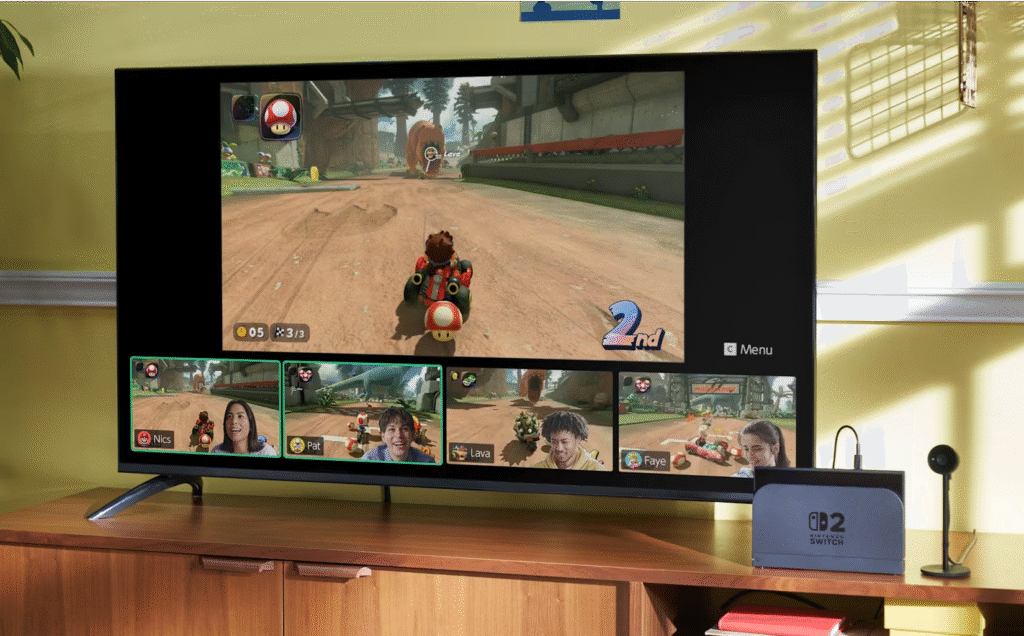
Crucially, the Ally X’s Hall-effect sticks and reinforced ABXY buttons eliminate drift once and for all, delivering impeccable precision for fighting games and shooters alike. On the Switch 2, drift remains a lingering risk—even with improved analog modules—though most users won’t encounter issues immediately.
Connectivity-wise, the Switch 2 includes Wi-Fi 6E, Bluetooth 5.1, and an IR sensor, perfect for local link play and controller sync. The Ally X steps it up: Wi-Fi 6E, Bluetooth 5.2, and a full USB-C port with USB 4, DisplayPort 1.4, and Power Delivery.
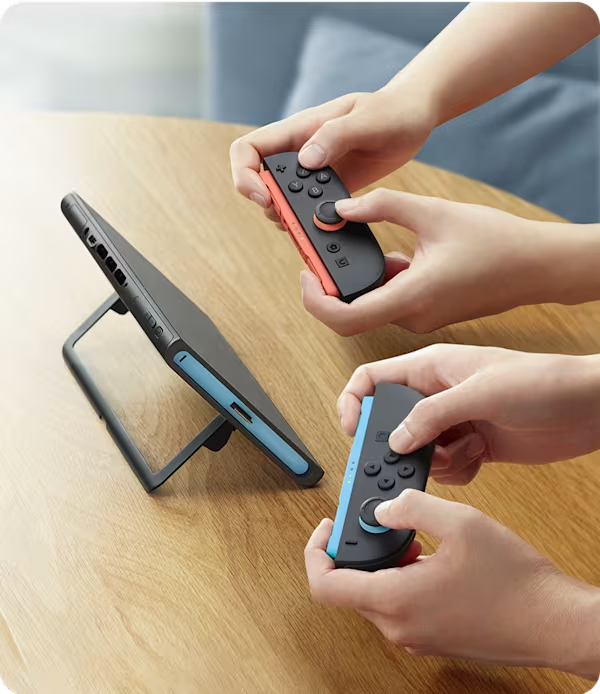
I’ve successfully hooked the Ally X to portable monitors, Ethernet adapters, and USB hubs simultaneously—turning it into a full desktop replacement when docked. The Switch 2’s dock is more limited but reliable for 4K 60 fps output and wired LAN.
If you prize haptic feedback, motion controls, and a fully Nintendo-optimized audio-visual package, the Switch 2 thrills. If you need precision Hall-effect sticks, zero-latency wired audio, and ultimate peripheral flexibility, the Ally X excels.
Storage, Docking & Expandability
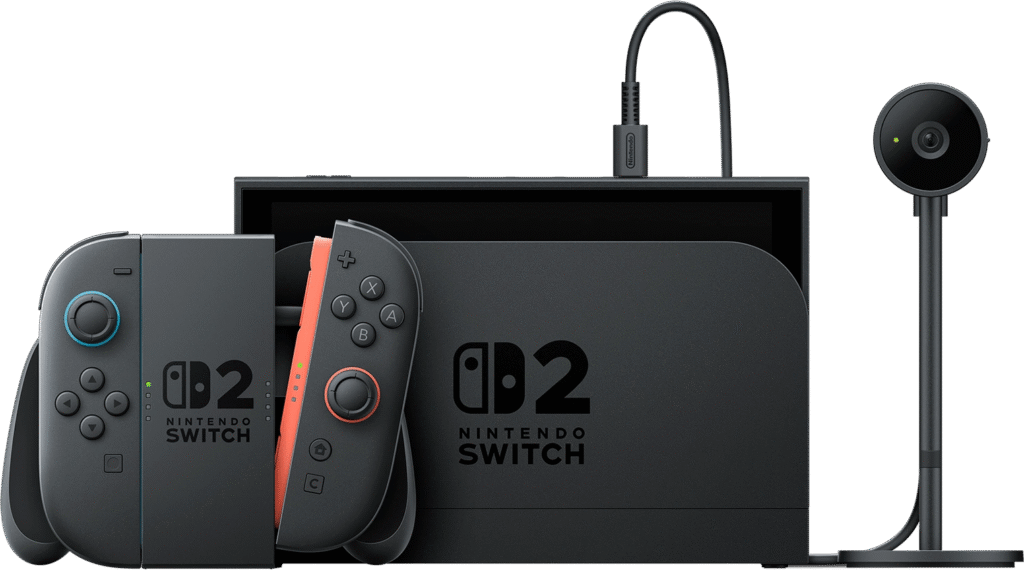
Out of the box, the Switch 2 offers 256 GB UFS internal storage, expandable via microSD Express (PCIe 3.0) up to 1 TB. I slotted in a 512 GB card and never looked back—installing multiple AAA first-party games without juggling space. Docked mode yields 4K 60 fps over HDMI and provides two USB-A ports plus Ethernet, but you’re limited by Nintendo’s proprietary dock.
The ROG Ally X’s 1 TB user-replaceable M.2 NVMe SSD and microSD slot give virtually limitless capacity. Swapping drives is a five-minute affair—no special tools required.
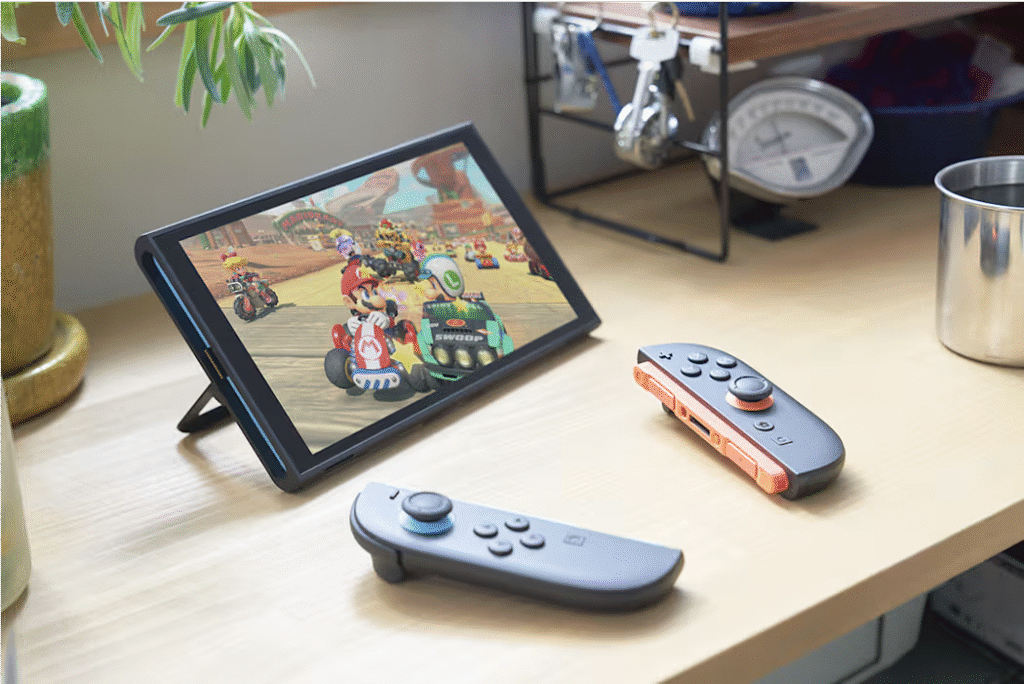
Its USB 4 port handles video out, charging, AND data transfer in one fell swoop when paired with a third-party hub (I used a sub-$100 model to drive a 144 Hz monitor, Ethernet, and USB peripherals). While Asus doesn’t bundle an official dock, the flexibility to choose your own hub is a big advantage.
For future-proofing, the Ally X wins: you can upgrade RAM (in future models), swap SSDs, and connect all manner of accessories.
The Switch 2’s modular Joy-Cons remain a highlight, but storage upgrades are your only real expandability path. If console simplicity and out-of-the-box docking matter most, Nintendo has you covered. If you crave full PC-style upgradeability, the ROG Ally X is unmatched.
Related:Xreal One Pro AR Glasses Review
Pricing & Value for Money
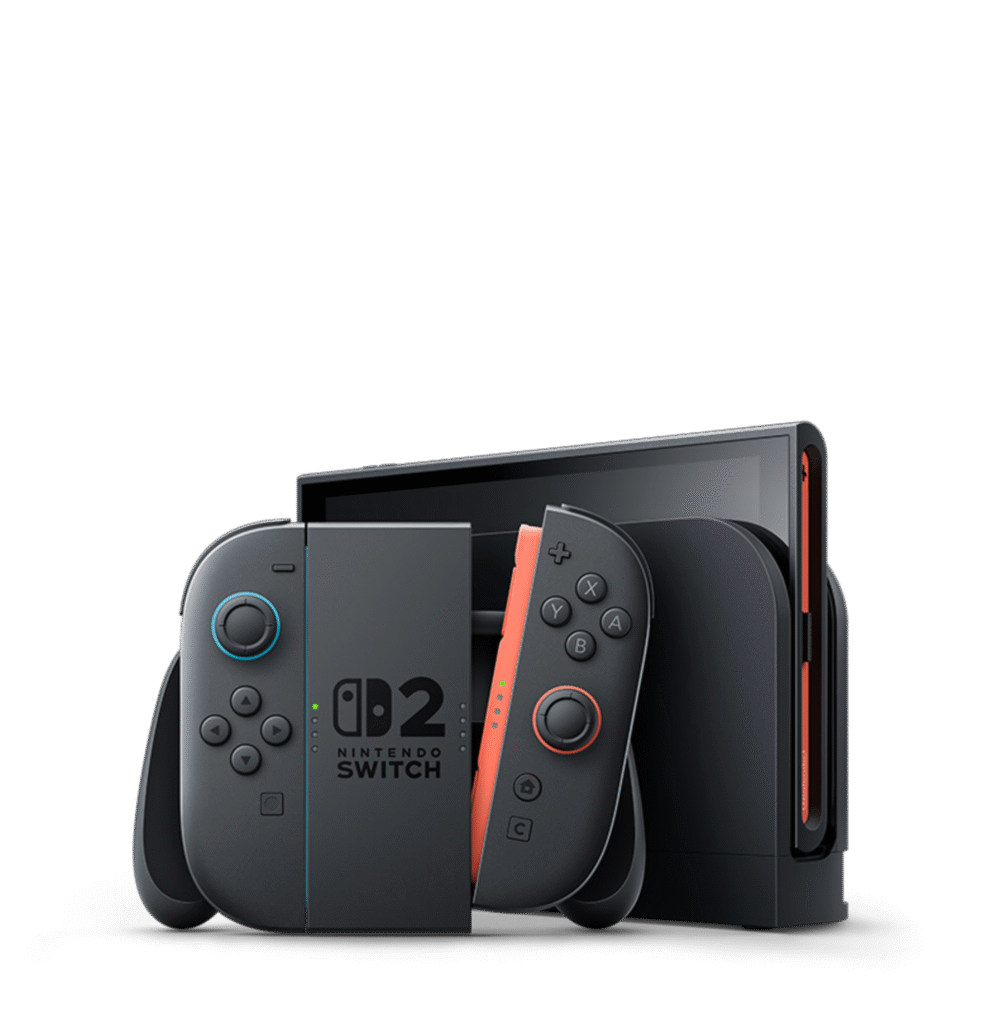
Here’s the bottom line on cost:
- Nintendo Switch 2 (256 GB): $449.99 (includes Joy-Cons & dock)
- Switch 2 Bundle (with Mario Kart): $499.99
- ROG Ally X (24 GB RAM / 1 TB SSD): $799.99
- ROG Ally X (24 GB RAM / 2 TB SSD): $899.99
At $449.99, the Switch 2 undercuts the Ally X by $350, delivering DLSS 3, HDR 120 Hz, and a dock right in the box. If you’re all-in on Nintendo exclusives and hybrid TV/handheld play, it’s an unbeatable value.
The ROG Ally X demands a premium, but for $799.99 you get a full PC gaming experience—Steam, Game Pass, emulators, and raw horsepower in a truly portable form.
Factor in the cost of a quality USB 4 dock (around $100), and you’re still below the starting price of many gaming laptops.
For casual and family-friendly gaming, the Switch 2’s lower price and ease of use make it the smarter choice. For enthusiasts who already own a vast PC library and crave the flexibility to upgrade hardware, the Ally X justifies its cost with unparalleled performance and expandability.
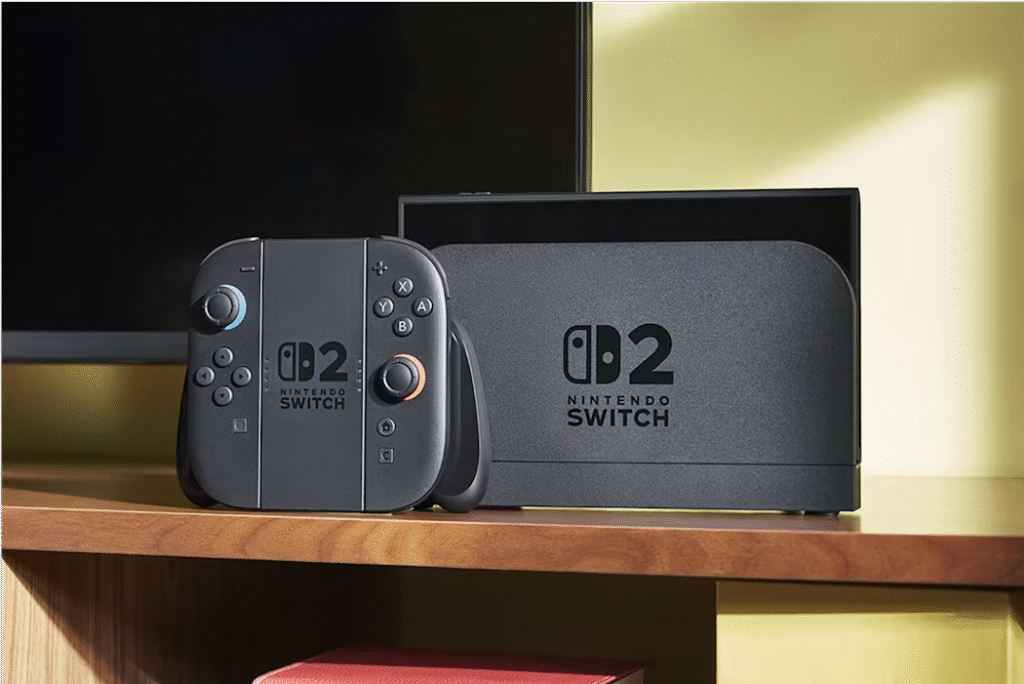
Final Verdict : Nintendo Switch 2 vs ROG Ally X Comparison
After dozens of hours with both, here’s my take:
Nintendo Switch 2
Pros:
- Friendly, intuitive OS and eShop ecosystem
- 7.9-inch 1080p 120 Hz G-Sync HDR display with dock
- Lightweight (415 g) and comfortable for long sessions
- Whisper-quiet cooling and reliable battery life
- Detachable Joy-Cons for local multiplayer
Cons:
- Limited to Nintendo exclusives and eShop titles
- Hall-effect sticks absent (drift risk remains)
- Non-user-replaceable 256 GB storage
ROG Ally X
Pros:
- AMD Ryzen Z1 Extreme, 24 GB RAM, 1 TB SSD for PC-level performance
- Hall-effect sticks, programmable RGB buttons
- User-replaceable SSD and massive battery (80 Wh)
- Versatile USB-C port with USB 4, DisplayPort 1.4, PD
- Access to Steam, Game Pass, emulators
Cons:
- Heavier (620 g) and louder under load
- Windows 11 handheld experience needs tweaking
- No official dock included (additional hub purchase)
If simplicity, exclusive games, and hybrid play top your list, grab the Switch 2. If raw power, upgradeability, and a full PC library matter most, the ROG Ally X is worth the premium.

